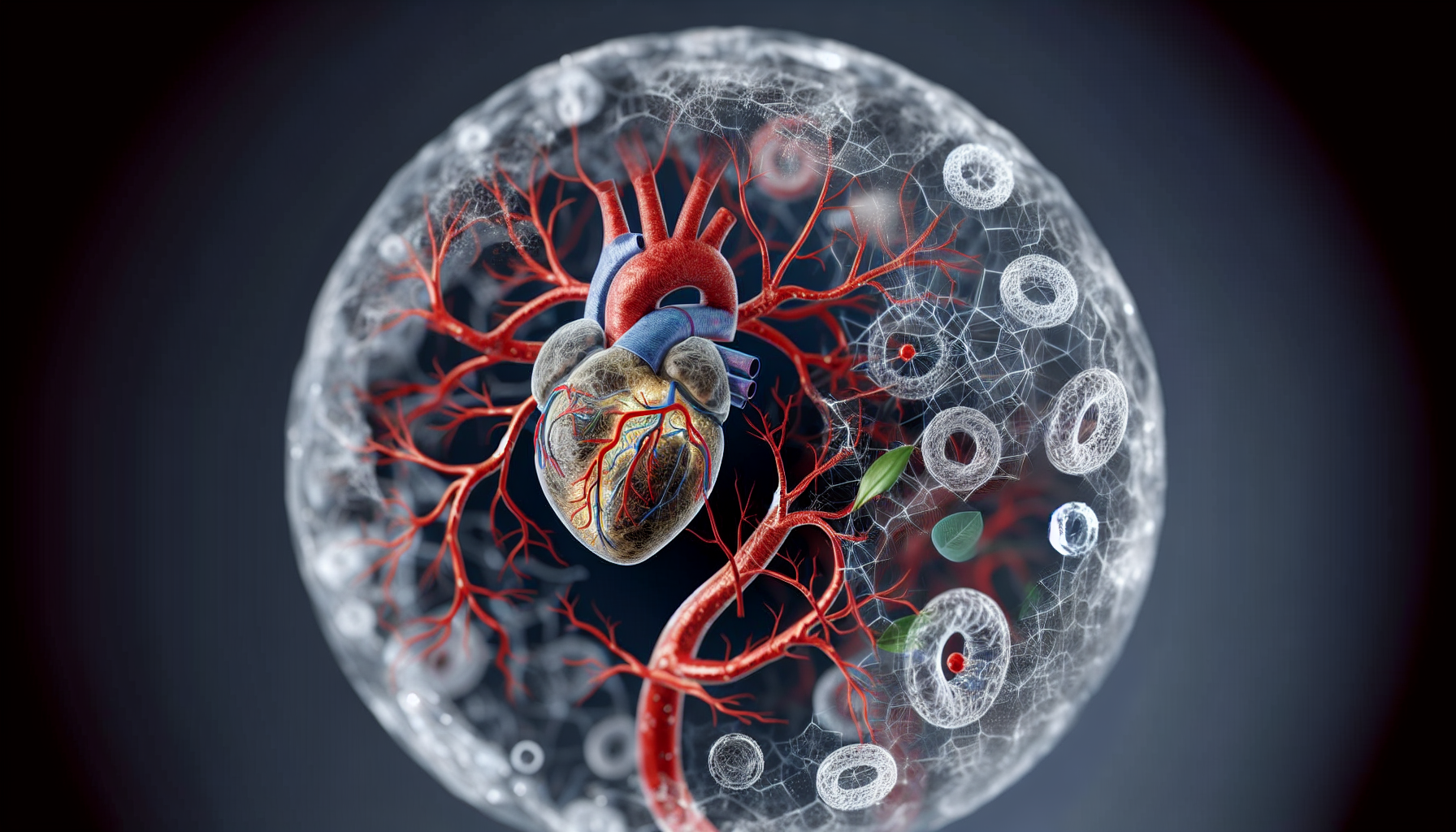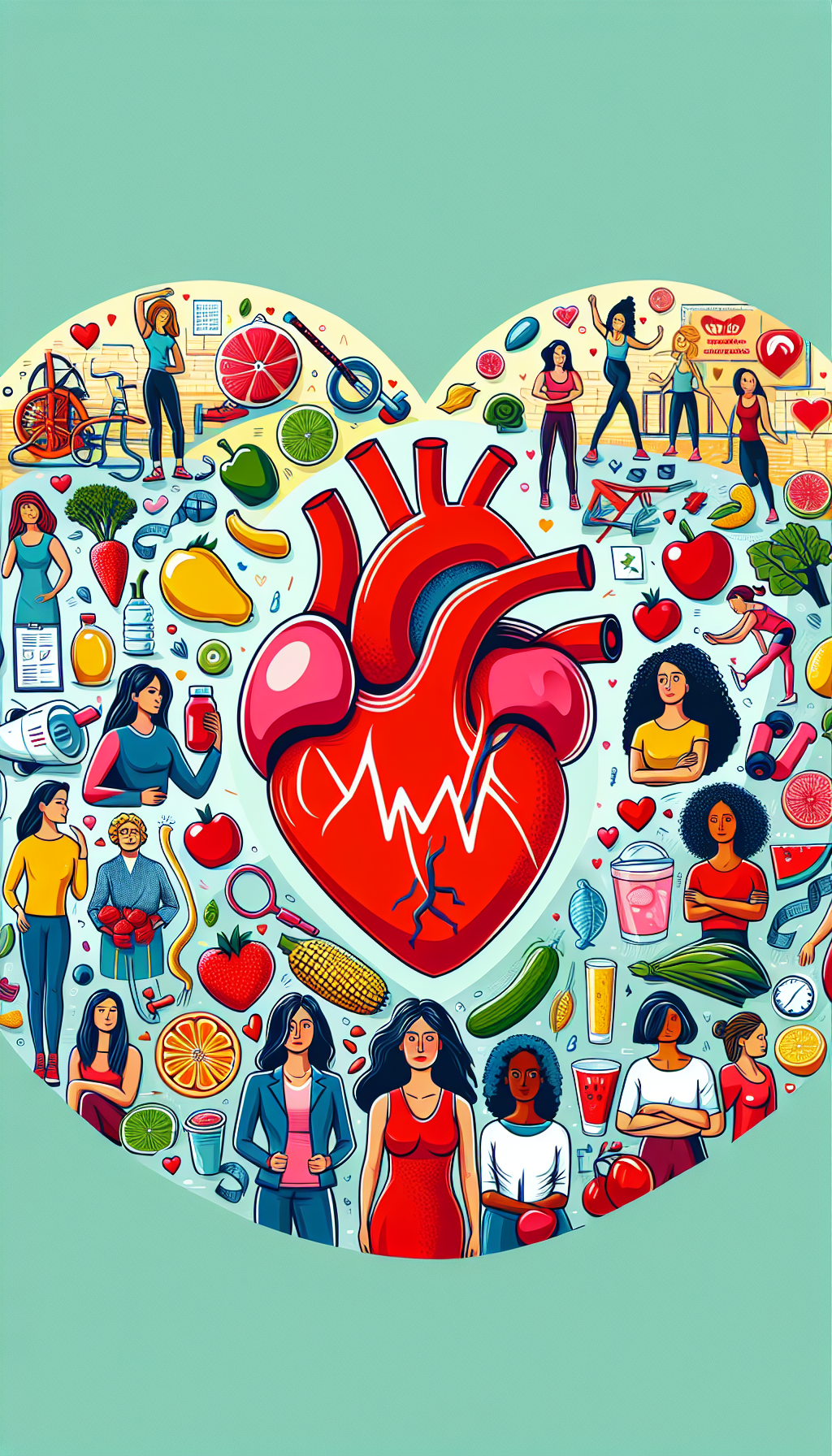Heart disease is often considered a problem primarily affecting men, but this perception is far from accurate. Heart disease is a leading cause of death among women, and it presents unique challenges and complexities that are often different from those in men. Understanding these intricacies is crucial for the development of effective prevention, diagnosis, and treatment strategies for heart disease in women.
The Gender Gap in Heart Disease
Despite advancements in awareness and treatment, there is still a gender gap in the understanding and management of heart disease. Women often experience different heart disease symptoms than men, which can lead to misdiagnosis or delayed treatment. For example, while chest pain is a common symptom of a heart attack in both genders, women are more likely to experience symptoms such as shortness of breath, nausea, and back or jaw pain. Recognizing these differences is vital for timely and appropriate medical care.
For a comprehensive understanding of cardiovascular health, it’s essential to consider the unique aspects of heart disease in women. Factors such as hormonal fluctuations, pregnancy-related issues, and the risk of coronary microvascular disease (a condition affecting the heart’s smaller arteries) play a significant role in women’s cardiovascular health.
Risk Factors and Prevention
Certain risk factors for heart disease are more potent in women. For instance, diabetes increases the risk of heart disease significantly more in women than in men. Additionally, mental stress and depression affect women’s hearts more than men’s, highlighting the importance of a holistic approach to health that includes mental well-being. The link between mental health and heart health cannot be overstated, as both play a critical role in overall health and quality of life.
Lifestyle modifications can play a significant role in preventing heart disease. Women are encouraged to maintain a healthy diet, engage in regular physical activity, and avoid smoking. Regular check-ups and screenings are also crucial, as they can help detect risk factors like high blood pressure and cholesterol levels early on. Strategies for improving heart health in middle age can serve as a guide for women approaching this life stage.
Diagnosis and Treatment
Diagnostic testing and treatment for heart disease can also differ between genders. For example, some diagnostic tests, like stress tests, are less accurate in women. This has led to the development of alternative and additional testing methods to improve diagnosis accuracy in female patients.
Treatment protocols must be tailored to address the specific needs of women with heart disease. This includes considering factors such as age, hormonal status, and the presence of other conditions like osteoporosis or breast cancer, which can impact treatment options.
The Role of Hormones
Hormones, particularly estrogen, play a significant role in the cardiovascular health of women. Estrogen is believed to have a protective effect on the heart, which may change after menopause when estrogen levels decline. Hormone replacement therapy (HRT) has been a subject of debate and research, with studies showing mixed results on whether it benefits heart health. Women considering HRT should have a detailed discussion with their healthcare provider about the benefits and risks.
Pregnancy-Related Heart Health Issues
Pregnancy can be a stress test for the heart and may unmask underlying heart conditions. Conditions such as gestational hypertension or preeclampsia can have lasting effects on heart health and increase the risk of cardiovascular disease later in life. Monitoring and managing these conditions during pregnancy is essential for the long-term heart health of women.
Access to Care and Education
Women’s access to heart disease care and education is another area of concern. There are disparities in the treatment women receive for heart disease, and they are less likely to receive aggressive treatment or to be referred for specialized care compared to men. Enhancing patient education in managing cardiovascular disease is a crucial step in addressing these disparities.
External Resources for Further Reading
To deepen the understanding of heart disease in women, a number of specialized resources provide valuable insights:
- The American Heart Association’s Go Red for Women campaign (link) offers a wealth of information on heart disease in women, emphasizing the importance of awareness and prevention.
- The Women’s Heart Foundation (link) provides resources focused on the prevention, diagnosis, and treatment of heart disease in women.
- Circulation’s scientific statement on "Acute Myocardial Infarction in Women" (link) offers a detailed look at the differences in heart attack experiences between men and women.
- The British Heart Foundation’s information on heart diseases in women (link) highlights the UK perspective and provides comprehensive guides on the subject.
By leveraging these resources and incorporating the knowledge gained from them into daily practices and healthcare policies, we can move towards a future where heart disease in women is better understood, more effectively treated, and, ideally, prevented.



